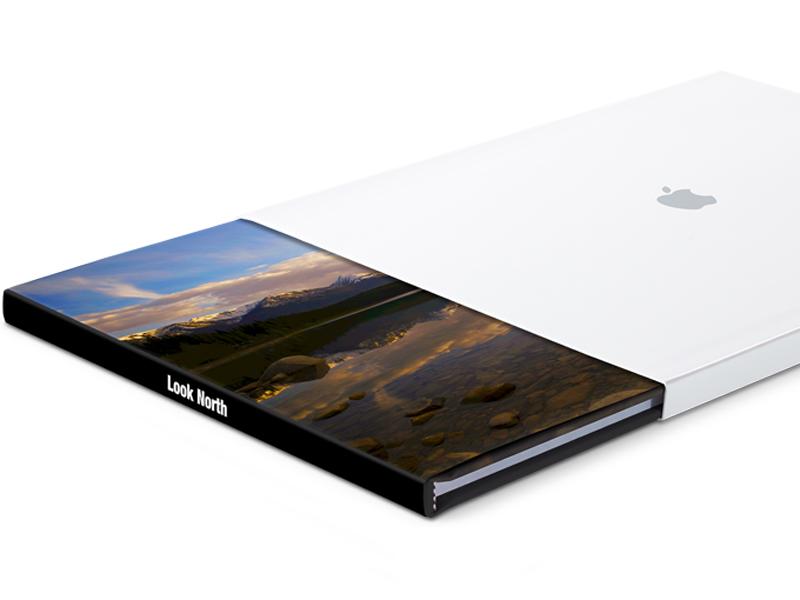

It is good practice to eject every device connected to your Mac immediately after use as failure to safely remove a device is one of the most common causes of corrupted data. Once your images have transferred, click the Eject icon situated alongside the name of your device and then unplug the device from your Mac.Ĭlicking Eject will ensure that your device has been safely disconnected to avoid data corruption, which can lead to files being deleted or overwritten. Step 4: EjectĬlick Eject to safely remove your device.

Images may take several minutes to transfer depending on the file size and the amount of photographs you are importing. Images may take several minutes to transfer. Navigate to the folder in which you would like to store your photographs, or create a new folder by right-clicking and pressing CTRL simultaneously, then select New Folder from the menu.Ĭlick Edit and then Paste (or ⌘ and V) to copy your chosen images from your device to the selected folder. Navigate to the folder in which you would like to store your photographs. Step 3: Copy and PasteĬlick Edit once again and then Copy (or ⌘ and C) to copy the highlighted images. Select All is also achievable by pressing the ⌘ and A key simultaneously on your keyboard.Īlternatively, if you do not wish to import all, you can individually highlight the images you would like to transfer by holding ⌘ and clicking the filename. Step 2: HighlightĬlick Edit on the toolbar running along the top of the screen and then press Select All to highlight every single photograph on the device. Locate your device under the Devices tab and then click to access. With Finder, you can duplicate, move, rename, and delete files to keep your computer organised, as well as create new folders, and search your hard drive for a specific file or folder. If you are using a cable, attach the cable to your camera and then plug it into your Mac via the USB port.įinder is the file manager packaged with every copy of OS X that enables you to navigate your Mac's file system.
#Iphoto for mac air serial
If you are using a card reader, insert your memory card into the card reader and then plug the reader into your Mac via the Universal Serial Bus (USB) port. There are a variety of card types available, most notably the aforementioned Secure Digital card and Compact Flash (CF), although the majority of digital cameras on the market today usually require an SD card. If you own a Mac equipped with a Secure Digital (SD) card slot, such as a Unibody MacBook Pro, then you can insert an SD memory card directly into your computer, otherwise you will need to purchase a dedicated card reader or use the cable packaged with your camera.Įvery single photograph that you take with your camera is stored on the memory card, with the number of images it can hold depending on the size of the card. In this tutorial, I will show you three different ways to import photographs, from your camera to your Mac, using a card reader or camera cable.īefore you begin, you will need a card reader or camera cable in order to access your images via your Mac.
#Iphoto for mac air Pc
Transferring photographs from a camera to a computer can be a rather confusing process, especially if you have recently transitioned from analogue to digital photography, have transitioned from using a PC to a Mac or are just new to the Mac.


 0 kommentar(er)
0 kommentar(er)
